If you’re new to SEO, it’s easy to confuse the various aspects of optimization that go into ranking your website higher on search engines. One of the most common areas of confusion? The difference between Technical SEO and On-Page SEO. While both are crucial, they serve different purposes and operate on different levels of the SEO spectrum.
In this blog, we’re diving deep into what sets Technical SEO apart from On-Page SEO, how they work together, and why understanding both can seriously boost your rankings. Whether you're a digital marketer, a small business owner, or simply trying to pick the Best SEO Company in Delhi, this guide will help you make better decisions for your website.
1. Introduction to SEO Basics
Let’s start with the fundamentals. SEO (Search Engine Optimization) is the practice of optimizing your website so it ranks higher in search engine results pages (SERPs). It’s not just one tactic—it’s a combination of several strategies, including Technical SEO, On-Page SEO, and Off-Page SEO.
Each of these plays a different role:
- Technical SEO focuses on backend optimization.
- On-Page SEO focuses on content and user experience.
- Off-Page SEO deals with link-building and authority signals.
In this blog, we’ll focus on the first two: Technical SEO and On-Page SEO.
2. What is On-Page SEO?
On-Page SEO refers to all the SEO elements you control directly on your website. It’s about optimizing individual pages to help search engines understand your content and rank it accordingly.
Key Elements of On-Page SEO:
- Title Tags & Meta Descriptions: These are the first things users and search engines see.
- Header Tags (H1, H2, H3...): Help organize content for readability and keyword optimization.
- Keyword Usage: Incorporating target keywords like “Best SEO Company in Delhi” in a natural, meaningful way.
- Internal Linking: Directing users (and crawlers) to other relevant pages within your site.
- Image Optimization: Using ALT tags, compressing images, and ensuring quick load times.
- URL Structure: Clean, descriptive URLs that reflect page content.
- Content Quality: Original, valuable, and user-focused content.
Essentially, On-Page SEO is everything the visitor sees—and everything that helps search engines interpret your content accurately.
3. What is Technical SEO?
Technical SEO is all about ensuring that your website meets the technical requirements of modern search engines. It ensures that your website is crawlable, indexable, and secure, laying the foundation for other SEO efforts to succeed.
Key Elements of Technical SEO:
- Site Speed: Faster-loading sites provide better user experiences and earn better rankings.
- Mobile-Friendliness: Google uses mobile-first indexing—your site better be responsive!
- Secure Sockets Layer (SSL): HTTPS is now a ranking factor and a trust signal.
- XML Sitemaps: These help search engines understand your site structure.
- Robots.txt: Guides search engines on what to crawl or ignore.
- Canonical Tags: Prevent duplicate content issues.
- Structured Data (Schema Markup): Helps search engines understand the content type (products, reviews, etc.)
- 404 Pages & Redirects: Ensures smooth navigation and no dead ends.
While On-Page SEO is about what’s on the page, Technical SEO ensures that your pages can be found, accessed, and trusted by both users and bots.
4. Key Differences Between Technical SEO and On-Page SEO
Let’s break it down side-by-side:
These differences clarify why both areas need attention—and why choosing the Best SEO Company in Delhi means hiring experts in both.
5. Why Both Matter for Your Website
You can write the best content in the world, but if your site isn’t indexed, it won’t show up.
Likewise, you can have a fast, mobile-friendly site—but if your content is weak, your rankings will suffer.
Technical SEO lays the groundwork. On-Page SEO delivers the goods.
One without the other is like having a shop with beautiful interiors that’s hidden in a dark alley with no signs.
6. Technical SEO Checklist
Here’s a quick list to audit your Technical SEO:
✅ Site loads under 3 seconds
✅ Mobile responsive design
✅ HTTPS secured (SSL Certificate installed)
✅ Valid and submitted XML sitemap
✅ No broken links or crawl errors
✅ Clean robots.txt file
✅ Proper redirects (301 over 302 when needed)
✅ Structured data implemented
✅ Canonical tags in place
✅ No duplicate content issues
7. On-Page SEO Checklist
Now for On-Page SEO:
✅ Unique title tag with primary keyword
✅ Catchy meta description (155-160 characters)
✅ Keyword naturally placed in first 100 words
✅ H1 includes primary keyword
✅ Images have descriptive ALT text
✅ Content is 100% original and valuable
✅ Internal links to relevant blog/service pages
✅ Outbound links to high-authority sources
✅ URL is short and keyword-focused
✅ Optimized for readability (short paras, bullets)
8. Common Mistakes to Avoid
For Technical SEO:
❌ Using HTTP instead of HTTPS
❌ Ignoring mobile usability
❌ Letting crawl errors pile up
❌ Missing sitemap or robots.txt issues
❌ Bloated code and heavy images
For On-Page SEO:
❌ Keyword stuffing
❌ Duplicate content
❌ Missing meta tags
❌ No internal linking
❌ Weak or thin content
9. Final Thoughts: Integrating Both for Maximum Impact
Attractive Web Solutions, known as the Best SEO Company in Delhi, always emphasizes that SEO success is not a solo act. It’s a duet between technical excellence and content brilliance.
- Start by fixing technical issues—ensure the foundation is solid.
- Then optimize your content—make it keyword-rich, reader-friendly, and engaging.
- Lastly, keep monitoring and refining—SEO is not a one-time task; it’s an ongoing process.
Need help mastering both Technical SEO and On-Page SEO? We’ve got your back. At Attractive Web Solutions, we specialize in creating fast, secure websites loaded with content that search engines (and users) love.
10.Ready to Dominate Google Rankings?
Let Attractive Web Solutions, the Best SEO Company in Delhi optimize your site from the ground up.
Call us today or visit www.attractivewebsolutions.com to schedule a free SEO audit.

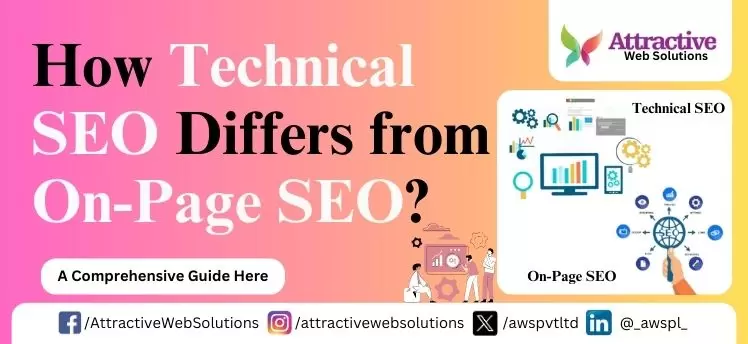
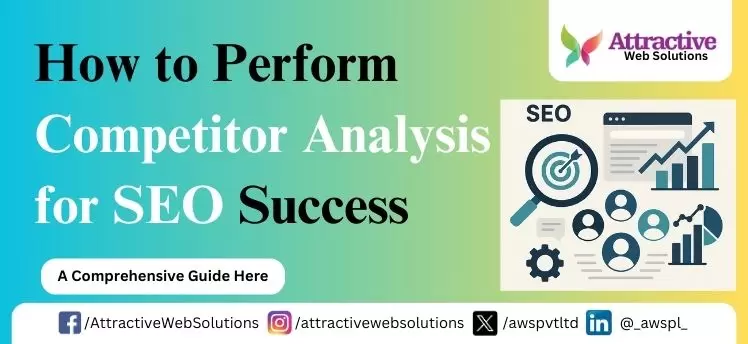
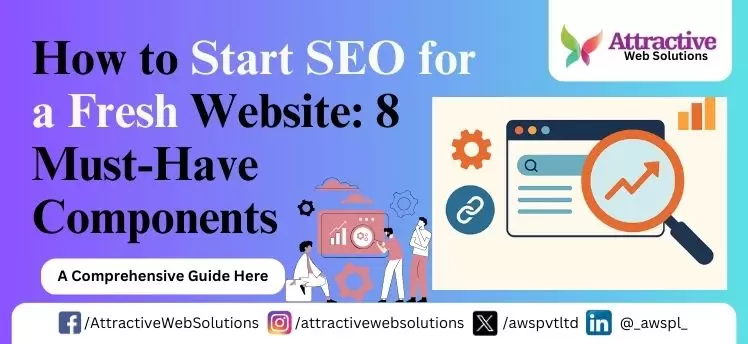

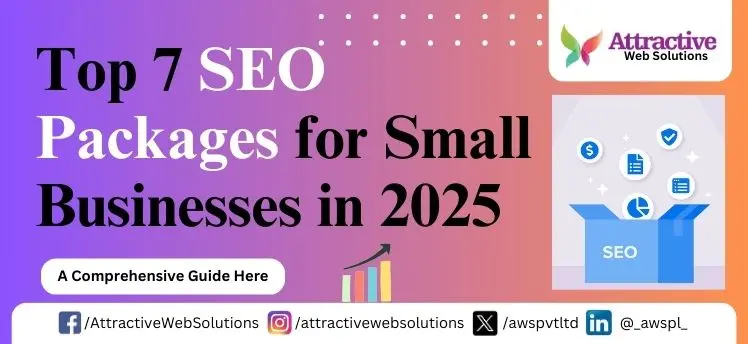
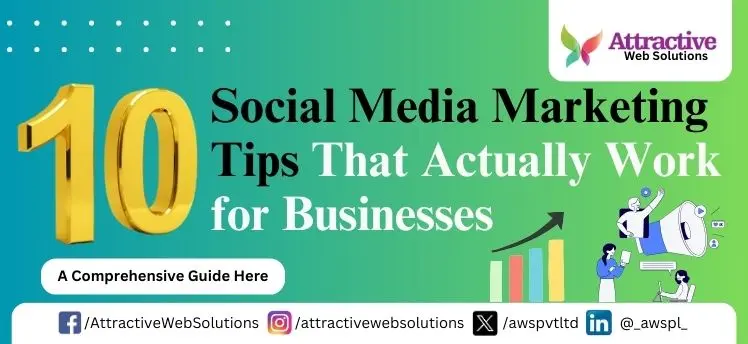
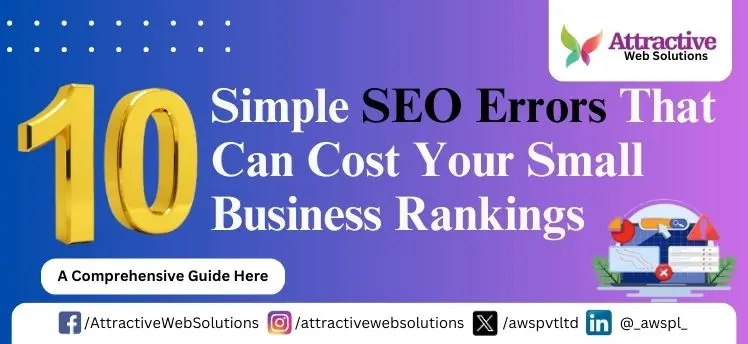
0 Comments